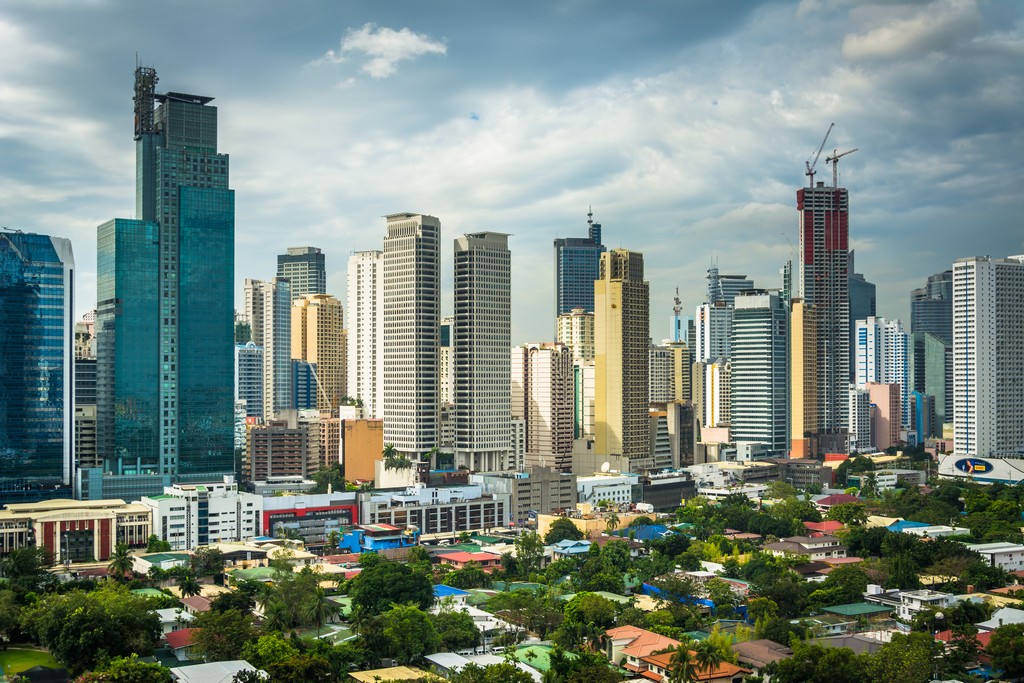DOE told: look into nuclear, renewable energy to meet demands
- September 1, 2016
- 0

Legislators are urging the Department of Energy (DOE) to consider all technology options, including nuclear and renewables, to meet the country’s expected additional capacity of 12, 000 megawatts (MW) for the next 15 years.
In the Senate Committee on Energy hearing, Sen. Joseph Victor “JV” Ejercito said that the DOE should reconsider nuclear power in meeting the country’s future energy needs.
“Why don’t we reconsider using (the Bataan Nuclear Power Plant), utilizing it or convert it. It’s a $2-billion asset,” he said.
DOE secretary Alfonso Cusi said that nuclear power is one of the options for baseload in ensuring reliable and continued power supply as it was said to be attainable in terms of productivity, reliability, cost and emissions.
“The DOE is studying all options on what source of power the country should have not only for now, not only for tomorrow but in the coming generation,” he said.
“The hard fact is that nuclear is not popular but it is our responsibility, no matter how unpopular it is to look at it and study it for nation building.”
“Maybe it’s high time we decide on Bataan nuclear plant,” Sen. Nancy Binay said, adding that the Energy department should fasten its decision-making on the country’s nuclear power program, especially the Bataan Nuclear Plant, as P50 million worth of government funds is allotted annually for its maintenance cost.
However, Sen. Miguel Zuburi, who authored the Renewable Energy Act of 2008, expressed his concerns on using nuclear power in the country.
“I fear the country’s situation geographically; it has nothing to do with competence. We are in several fault lines. We are in earthquake zones. We’re in the path of 21 typhoons a year,” Zubiri said on the sidelines of the Energy Smart Philippines Summit yesterday.
The Senator added that the Bataan Nuclear plant’s equipment are outdated and they have to look into the foundations. If we’re going to build a new one, we should make sure it’s built outside of the fault lines because it’s quite dangerous at this point of time,” he said.
Zubiri added that the DOE should focus on forming a proper government energy policy and on renewable energy.
“Why don’t we just use internally generated power through RE. We have enough rivers, enough wind, enough solar resources to comply with the [at least] 10,000 MW that we’ll need in the next five to 10 years,” he said.
The Philippines is seen to have a demand and reserve requirement of 30, 189 MW in 2030. 17, 925 MW have already been installed while a little over 12, 000 MW is still needed until 2030.
“To fill in the 30,000 MW, we already have 6,178 MW [of committed power projects] in the pipeline… And the required additional capacity to meet that, we have to build 6,086 MW and out of the 6,086 MW, 5,094 MW is baseload and 992 MW is mid merit and peaking,” Cusi said.